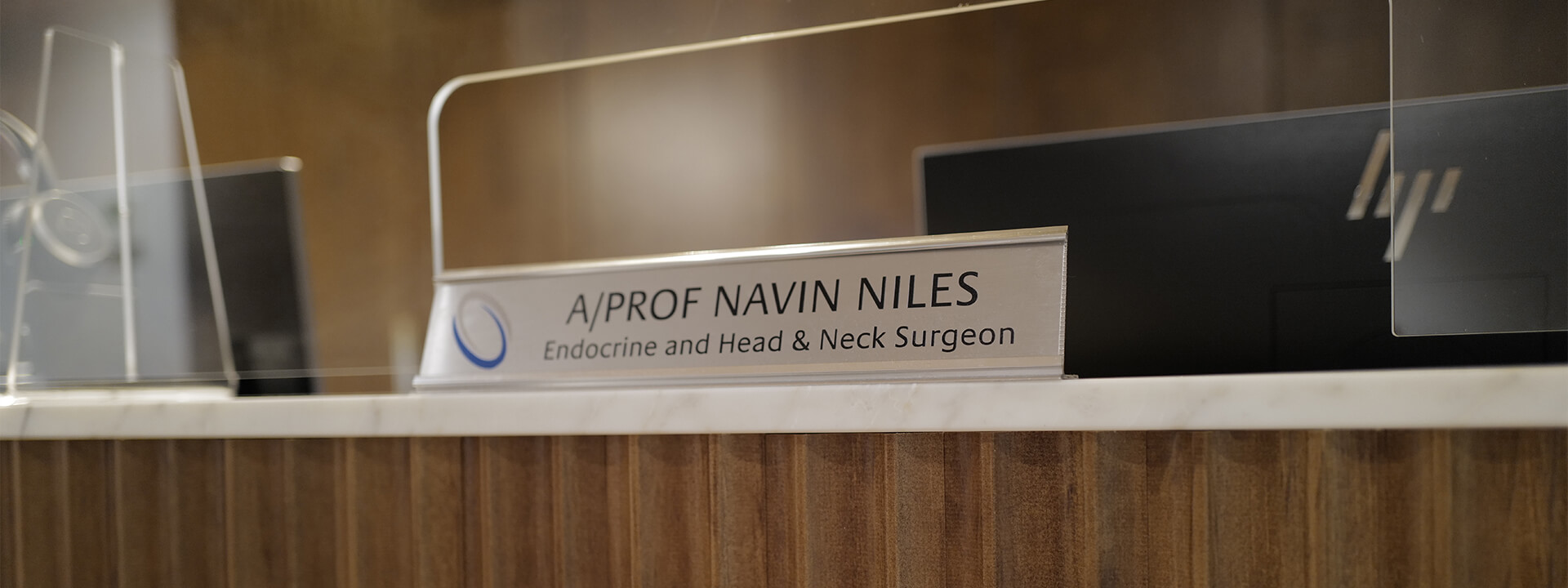What’s New in the 2025 ATA DTC Guidelines and Why It Matters in Everyday Practice
• Scope split & structure: 2015 bundled nodules + DTC; 2025 is a dedicated, end-to-end DTC guideline with new emphasis on survivorship, PROs, and modern systemic therapies.
• Surgery: Stronger endorsement of lobectomy as default for appropriately selected low-risk intrathyroidal, unilateral cancers; explicit counselling about possible conversion/completion if adverse features appear.
• Active surveillance: Upgraded evidence base for AS in carefully selected micro-PTC, reflecting a decade of real-world data.
• Radioiodine (RAI): Clearer risk-adapted indications and dosing, with more comfort not giving RAI after total thyroidectomy in selected low-risk patients; stronger guidance on follow-up when RAI is omitted.
• TSH suppression: More nuanced, de-escalated suppression targets in low-risk disease to reduce long-term harms.
• Molecular/genetics & targeted therapy: New sections on tumour genomics (prognostic and therapeutic implications) and modern RET/NTRK/BRAF-directed options for RAI-refractory disease; survivorship gets its own space.
1) From “Nodules + DTC” (2015) to “DTC Only” (2025)
The 2015 ATA guideline covered both thyroid nodules and DTC, setting the template for ultrasound risk patterns, FNA thresholds and a three-tier recurrence risk model.
In August 2025, ATA released a stand-alone DTC guideline that walks through diagnosis → staging/risk → initial therapy → response assessment → surveillance → systemic therapy, and adds explicit sections on patient-reported outcomes and survivorship.
Why it matters: DTC finally gets a single, continuous pathway document—cleaner navigation for MDTs and clearer signals on de-escalation vs escalation moments.
2) Surgery: Lobectomy Takes Center Stage (for the right patient)
2015 allowed lobectomy for 1–4 cm intrathyroidal, node-negative PTC; total thyroidectomy remained common for many.
2025 leans further into lobectomy as the preferred initial operation for low-risk DTC (small, unilateral, intrathyroidal, no clinical N+/M+), citing lower complication rates and better QoL without oncologic penalty—with explicit counselling that conversion or later completion may be needed if higher-risk features emerge.
Clinic takeaway: For the classic T1–T2, intrathyroidal, cN0 case, your pre-op conversation should now set lobectomy as the default and pre-warn about >20% chance of completion if pathology surprises.
3) Active Surveillance (AS): From “Consider” to “Confidently Offer (with criteria)”
2015 opened the door to AS for very-low-risk micro-PTC in select patients.
2025 anchors that stance in commissioned systematic reviews and a decade of international experience, clarifying who qualifies, how to monitor, and when to switch to surgery. Expect emphasis on tumour size (≤1 cm), non-aggressive histotypes, no ETE, no nodal/distant disease, and reliable follow-up.
Clinic takeaway: Build AS pathways with clear thresholds for intervention and robust ultrasound/Tg schedules.
4) Radioiodine (RAI): Calibrated Use, Cleaner Follow-Up
2015 began the move away from routine RAI in low-risk DTC and promoted risk-adapted decisions.
2025 further refines indications and dosing, and importantly outlines surveillance algorithms when no RAI is given (relying on high-quality ultrasound, Tg/TgAb, and dynamic risk re-stratification).
Clinic takeaway: Fewer low-risk patients will see RAI; your follow-up protocols need to be explicit in the letter to GP and the survivorship plan.
5) Thyroglobulin (Tg) & Imaging After Surgery Without RAI
A key gap after 2015 was the operational use of Tg when RAI is omitted.
2025 addresses the diagnostic accuracy of Tg post-lobectomy or total thyroidectomy without RAI, and how to fold Tg dynamics into risk re-stratification and imaging choices.
Clinic takeaway: Expect clearer Tg cut-points and trajectories to inform when you escalate imaging.
6) TSH Targets: De-intensify When You Can
2015 already risk-stratified TSH suppression; 2025 pushes further toward lighter suppression in low-risk and excellent-response patients to limit AF, bone loss and QoL impacts—while maintaining tighter suppression where residual/active disease risk justifies it.
Clinic takeaway: Build an “exit strategy” from aggressive suppression into the survivorship plan, with bone and cardiac risk in mind.
7) Genetics, Molecular Markers & Targeted Therapy
2015 noted the emerging role of molecular testing mainly around diagnosis/risk.
2025 expands into germline considerations for select patients and the therapeutic implications of tumour genomics (e.g., RET/NTRK fusions, BRAF), reflecting the standardisation of selective inhibitors and sequencing after multikinase therapy in RAI-refractory disease. It also highlights survivorship and long-term toxicity monitoring.
Clinic takeaway: Integrate reflex molecular panels at progression/RAI-refractory declaration; MDTs should map out inhibitor lines and eligibility for trials early.
8) Survivorship, PROs, and Communication
A hallmark of 2025 is the explicit integration of patient-reported outcomes and survivorship planning into routine care—something largely implicit in 2015.
Clinic takeaway: Discharge documents should include surveillance cadence, TSH goals with time-limit, fertility/pregnancy considerations, bone/cardiac screening where relevant, and red-flag symptoms—written in patient-friendly language.
At-a-Glance Changes You’ll Feel in Practice
• More lobectomies, fewer totals in low-risk disease.
• More active surveillance for micro-PTC—with formal criteria and escalation triggers.
• Less routine RAI and clearer non-RAI follow-up pathways.
• Gentler TSH suppression when risk is low or response is excellent.
• Genomics-guided systemic therapy becomes standard thinking for RAI-refractory disease; survivorship is part of the guideline, not an afterthought.
Sources & further reading:
– ATA 2015 guideline (*Thyroid*, 2016)
– ATA press release (Aug 22, 2025)
– 2025 ATA DTC guideline (open PDF mirrors/abstracts)
– GuidelineCentral overview of 2025 update focus areas
– Surgical slideset excerpts (ATA 2025 Annual Meeting)
